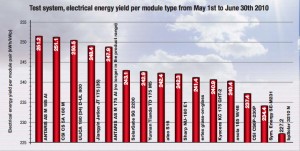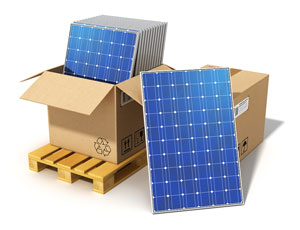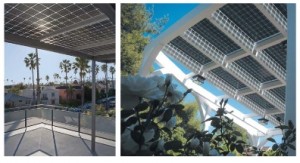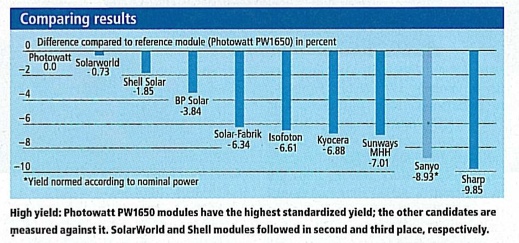Shade is the number one enemy of a high performance solar power system.
If your roof has substantial shading between 9am and 3pm then installing solar panels is probably going to be a really bad investment.
If you are confident that your roof roof has absolutely no shading, then solar can be a great investment thanks to the current handouts by the Federal and State governments in terms of Solar Rebates and Solar Feed In Tariffs. [Read more…]





 RSS - Posts
RSS - Posts



Currently Raging Debates: